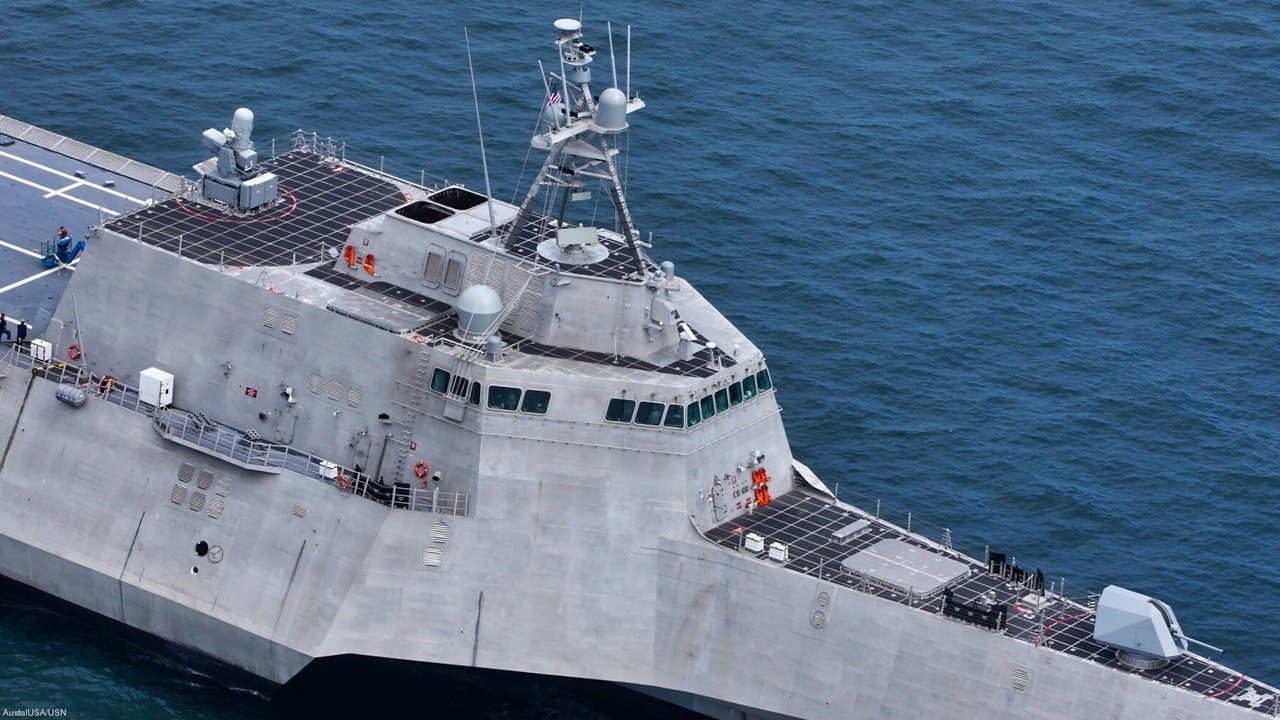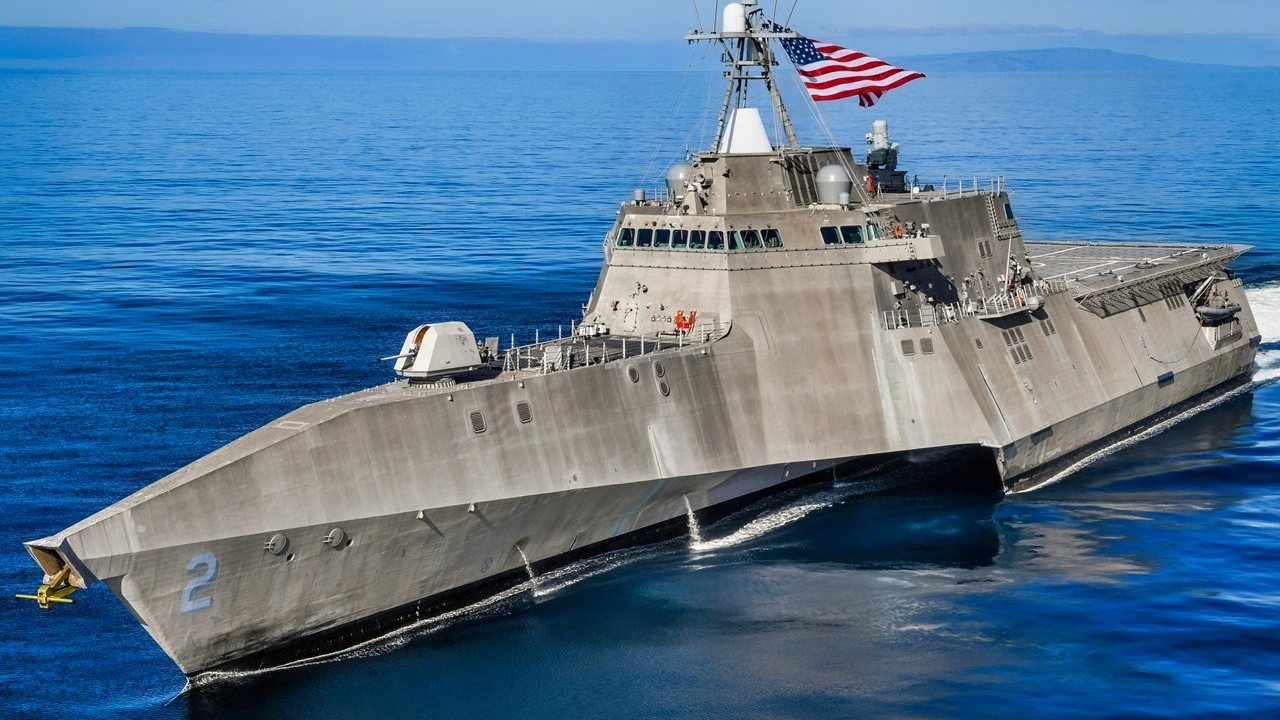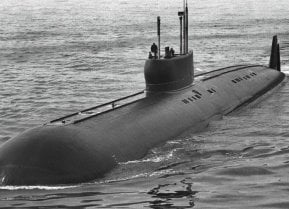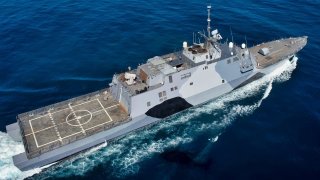The U.S. Navy Won't Send Littoral Combat Ships to the Red Sea
The irony is that the Littoral Combat Ship was explicitly designed to operate in littoral waters like the Red Sea – and the program began when the U.S. military was engaged in the Global War on Terror (GWOT) following the September 11, 2001 attacks.
Why no U.S. Navy Littoral Combat Ships in the Red Sea? The United States Navy has deployed multiple warships to the Red Sea to help protect commercial shipping from the Houthi rebels that control parts of Yemen. The terrorist group has carried out the attacks as a way to support Hamas in its ongoing war in Gaza.
However, what the Pentagon hasn't sent to the region are any of the U.S. Navy's problem-plagued Littoral Combat Ships (LCS), suggesting that what little faith naval officials may had for the vessels no longer exists. Currently, 26 of the "little crappy ships" – as they've become known – are in service, but none has been sent to the region. Instead, the fight has been left to the destroyers and cruisers.
As the UK's Telegraph newspaper reported, it is the latest reminder that the U.S. Navy's fleet is much smaller than it even appears to be on paper.
"If the LCSs can't fight the Houthis, who can they fight? That likely answer is: no one," the paper of record bluntly suggested.
Littoral Combat Ships: Neither Littoral Or Combat Capable
The irony is that the Littoral Combat Ship was explicitly designed to operate in littoral waters like the Red Sea – and the program began when the U.S. military was engaged in the Global War on Terror (GWOT) following the September 11, 2001 attacks.
The LCS was seen as ideal for combating missile-firing boats, and even small submarines, while it was envisioned that the stealthy surface combatants could be capable of defeating anti-access and asymmetric threats in littoral or near-shore waters.
Yet, the LCS hasn't delivered on its promise. The vessels were meant to emphasize speed, and were to utilize flexible mission modules, while operating where larger warships could not. However, the ships have been prone to breakdowns.
Moreover, after Congress cut the funding for the mission modules, the U.S. Navy was left with small and fast ships that aren't equipped for much besides anti-drug operations with the U.S. Coast Guard.
Part of the issue is that without the mission modules, the Littoral Combat Ship has no long-range air-defenses, and thus can't protect themselves from Houthi missiles and drones. Moreover, with no long-range land-attack weapons, the LCS can't strike back at the Houthi positions within Yemen.
This raises the question as how to the small warships would far against a larger and more sophisticated adversary such as China.

Then there is the fact that the Rea Sea is known for strong winds and unpredictable local currents. The larger ships in service with the U.S. have been able to overcome these challenges, but experts are so sure how they LCS would fare.
A 2022 report warned that half of the LCS fleet had suffered from structural defects that have led to hull cracks on several vessels, limiting the speed and sea states in which some ships can operate.

Cracks in the hull can also grow if the ships transits faster than 15 knots in seas with maximum wave heights of about eight feet.
The U.S. Navy continues to be spread thin, and it appears that it has more than two dozen "warships" that aren't actually fit for a war.
Author Experience and Expertise: Peter Suciu
Peter Suciu is a Michigan-based writer. He has contributed to more than four dozen magazines, newspapers, and websites with over 3,200 published pieces over a twenty-year career in journalism. He regularly writes about military hardware, firearms history, cybersecurity, politics, and international affairs. Peter is also a Contributing Writer for Forbes and Clearance Jobs. You can follow him on Twitter: @PeterSuciu. You can email the author: [email protected].


